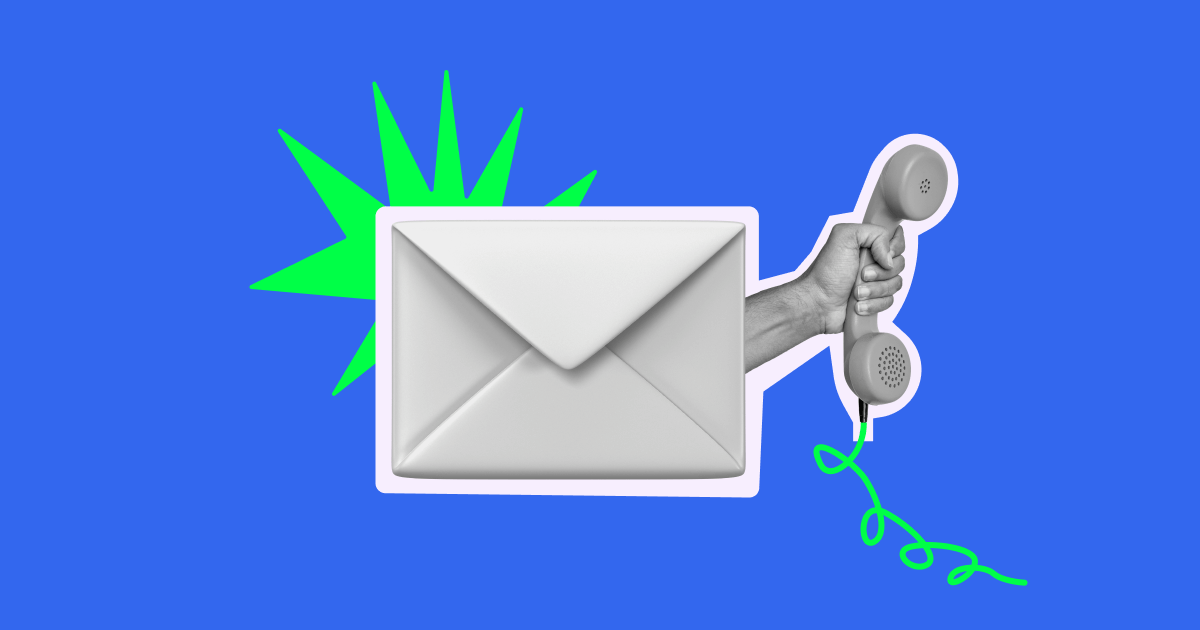The main benefits of using autoresponders
Email autoresponders have five main benefits:
Driving engagement
An email autoresponder helps to stay connected with your subscribers thanks to regular automated messages. Autoresponders provide valuable information that your subscribers are eager to learn. They have one of the highest average open rates of 35.9%. Compared with other email marketing tactics such as newsletters (26.7%) or regular emails (26.8%), email autoresponders are more efficient in driving customer engagement.
Increasing revenue and product adoption
Effective autoresponders can significantly boost revenue by directly influencing the actions of the subscribers. Welcome and onboarding emails help your subscribers to better understand the product and can turn users of the free version into paying customers.
Thanks to high engagement rates, email autoresponders can also significantly boost sales. For example, the abandoned cart emails bring 28.64% CTR which means customers return to the website to finish the purchase. Moreover, 87% of people who abandon their cart say they can be motivated to reconsider. Moreover, email autoresponder campaigns can be set to specific times like the end of the billing period. You don’t have to remember the specific dates when to send customers emails. With email autoresponders in place, you won’t forget to send important reminders and drive customers closer to conversion automatically.
Providing quick responses
Email autoresponder gives your subscribers an immediate acknowledgment of their actions. It shows that their request has been received and is being processed. Even when you or your team can’t respond (for example, outside working hours), the customers can still engage with your company.
Increasing brand trust
Whenever a customer sends a request, an email autoresponder ensures that they receive a prompt reply. The fast response helps to reassure the customers that their needs are in priority and heard by the company. These kinds of emails will enhance customer satisfaction and trust in the brand.
Freeing employee time
Autoresponders help to optimize your email marketing by automating some of the manual sending. For example, you need to send a no-reply email to your list of customers. If the only way you know how to create a no-reply email is by emailing each customer individually, the process can take a while. Using an email autoresponder will automate this process giving you time to take care of something else. Read our guide for other do-not-reply emails best practices.
Since 2021, email marketers noted the increasing workload which means they have even more tasks to complete and pay attention to. Email autoresponders can ease this burden and free the workers’ time for strategic planning and other projects that need their active involvement.























